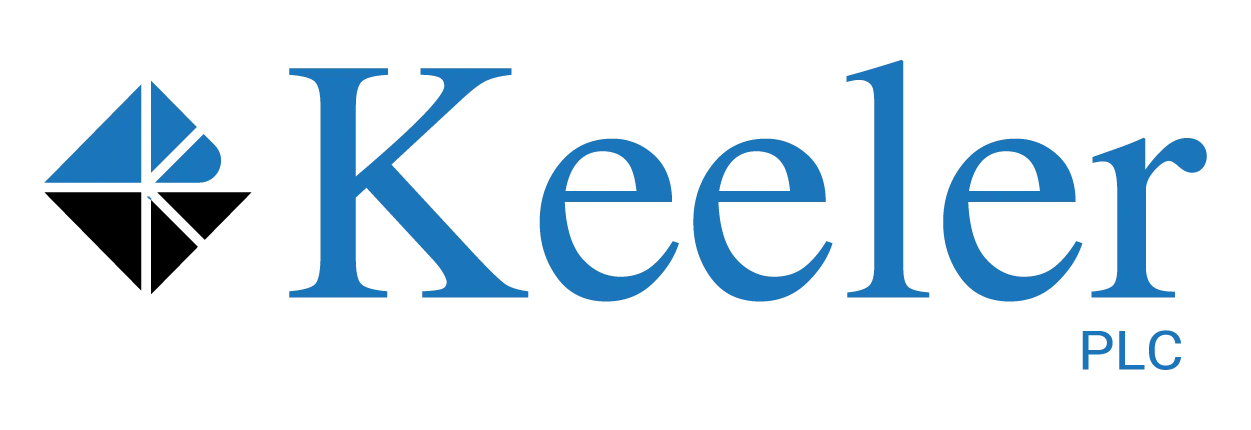
By Steven Keeler
It’s beginning to feel a little like the movie Groundhog Day. In contrast to the sudden 2001 and 2008 capital market meltdowns, and even the economic impact of the real human tragedies of 9-11 and the pandemic, we’ve all been awakening to daily recession warnings for months now.
How is it that M&A and capital raising activity still look good by historical standards (despite a slowdown relative to 2021)? Although history is always an important teacher, maybe the current innovation economy is more resilient than the internet and information economies that shaped the turn of the century. For those of us who worked through the bursting of the “dot.com bubble” and the “Great Recession”, the current economic uncertainty feels more manageable and predictable, somehow, and there are still reasons to expect an active market for lower-middle-market company sales in 2023. And this market may be as good for some sellers as buyers.
Here are our top 10 reasons why 2023 may continue the active M&A and PE markets. The first 5 are “oldies but goodies”, while the last 5 are strikingly new and unique to the current environment.
Capital Overhang. There’s a ton of private equity and corporate capital waiting to deploy. And buyers and investors will have to put it to work by looking for deals. Deals will get done, but, as always, valuation multiples and terms will be the difference between closed and busted deals.
Buying Low. Many of the best investments are made during economic downturns. And savvy investors and buyers may also pay above-market multiples for resilient businesses. Both struggling and strong companies will be acquired. Exiting companies in between the worst and the best will depend on seller-buyer creativity around pricing and terms.
Baby Boomer Exit Plans. Demographics don’t lie. Older company founders may want or need to sell and not have the luxury of waiting for the best market timing. Many companies will move forward with planned sales on the assumption that current valuation trends may only get worse in the next few years. Some will be able to negotiate above-market multiples.
Corporate Carveouts. Public companies worried about consumer demand, inflation, higher borrowing costs and lower stock prices will supplement deal flow by spinning off non-core business divisions. This will provide more platform companies for managers and PE funds to buy and improve, leading to follow-on, add-on acquisition activity.
American Resilience. Despite China and other competitive worries, the U.S. economy’s notorious pivot ability is allowing it to overcome global shocks like the Ukraine war and the pandemic more easily than Europe and Asia. And, even with our seemingly unprecedent political divide, America’s frequent elections and allegiance to capitalization allow policy shifts that can expedite quicker economic recoveries. This makes domestic and foreign buyers more willing to risk capital on American businesses.
Capital Migration. Deals are increasingly getting done outside of the Silicon Valley and New York. Many of the best companies are located in fly-over states and, from the perspectives of talent recruitment and more stable local economies, the “rise of the rest” may have an advantage. Buyers seem to be viewing acquisitions in out-of-the-way places as a way of diversifying risk and reducing “auction” competition for target companies.
Buying Local. Ironically, and notwithstanding technology and societal mobility, companies are getting back to doing business with partners they know and can see. This may reduce some of the risks associated with supply chain and even inflation and also allows companies to promote sustainably and reduced operating costs. Many companies are located in more rural regions where there is a concentration of relevant industry suppliers and customers.
Public-Private Markets Non-Correlation. Although VC, PE and M&A often decline following public market downturns, investors are awakening to the reality that private companies, like real estate, are a useful hedge against volatility. Early-stage VC and larger deals, which are more sensitive to public market dynamics, may nonetheless suffer, while the lower-middle-market seems prepared to denominate deal making during a downturn.
Alternative Lenders and All-Equity Deals. A surprising uptick in alternative private fund lenders is filling the void left by rising interest rates and the resulting pullback in bank venture and LBO financing. Also, many corporate and PE buyers will choose to write equity checks for lower-middle-market companies and do debt refinancings later when interest rates settle.
Technology Convergence and Profitable Problems. The innovation economy is allowing core industries like food, energy and healthcare, including their manufacturing, production and distribution verticals, to reinvent themselves through technology and data-driven enhancements and turn geopolitical challenges into opportunities. The biggest difference between the innovation and prior economies is that challenges posed by problems like a pandemic, supply chain, cyber insecurity and even government regulation are now being met by technological breakthroughs like Zoom, machine learning and SAAS business models. Problems have become profitable.
Of course, even the innovation economy is not immune from potential macroeconomic shocks, but, going into fourth quarter 2022, many companies, investors, investment bankers and lawyers continue to believe that 2023 M&A will continue at 2022’s pace.

© Copyright 2021 by Keeler PLC
All rights reserved.
Terms of Use & Privacy Policy
Design by NexFirm